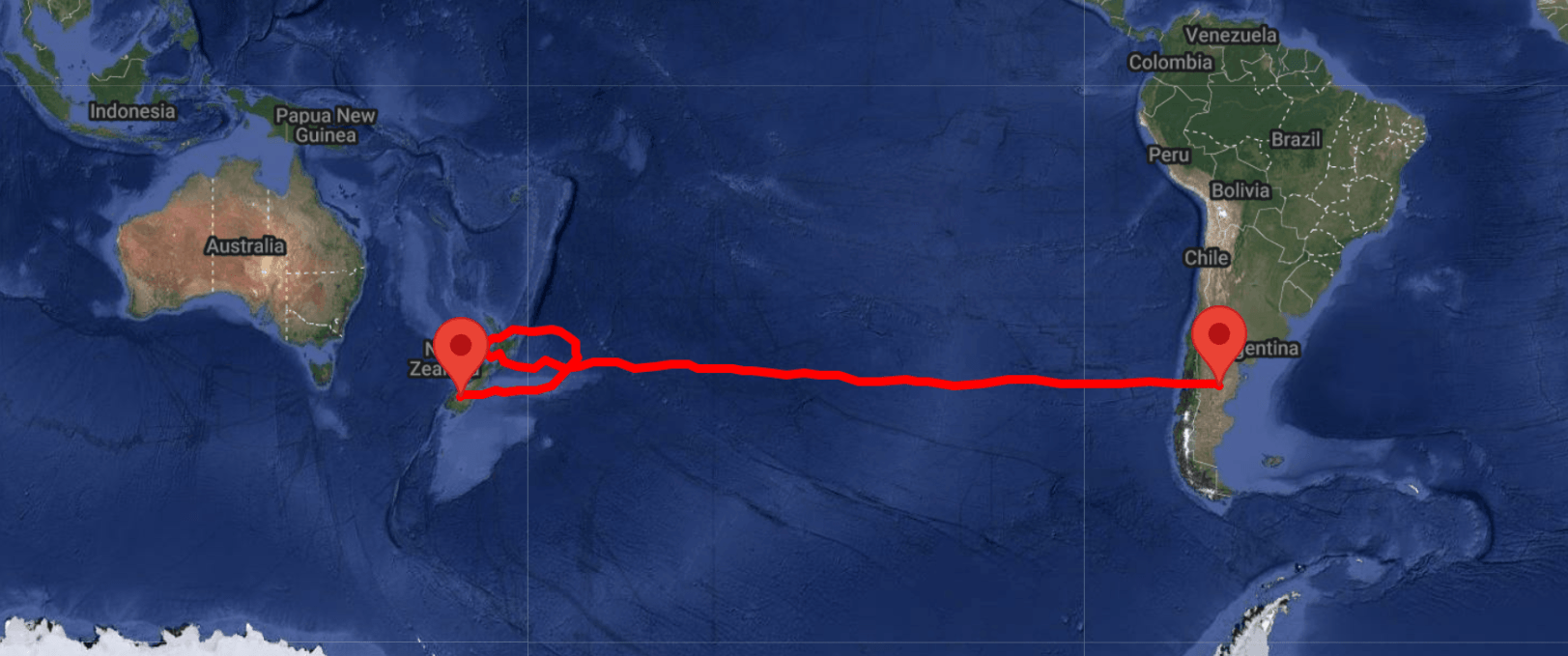NASA Safely Ends Second Super Pressure Balloon Test Flight
The second test flight of NASA’s 2025 New Zealand Super Pressure Balloon Campaign was safely terminated at 1:30 a.m., Tuesday, May 13 (U.S. Eastern Time) over Argentina. The mission remained in flight for 9 days, 6 hours, and 36 minutes.
Balloon operators from NASA’s Columbia Scientific Balloon Facility (CSBF) in Palestine, Texas, sent flight termination commands separating the 18.8-million-cubic-foot (532,000-cubic-meter) balloon from the payload. The football-stadium-sized balloon rapidly deflated and safely floated back to Earth. The payload, equipped with a parachute, gently floated back to the ground, landing about 25 nautical miles northwest of Estancia Los Alamos, Argentina.
“This mission concludes a successful campaign from our launch site in New Zealand,” said Andrew Hamilton, deputy chief of NASA’s Balloon Program Office at the agency’s Wallops Flight Facility in Virginia. “We are proud of all the hard work the team has put in, and we are grateful to all of our international partners in New Zealand, Argentina, and Chile that made this a success.”
Although the balloon performed well and the mission successfully met its minimum requirements toward qualification of the balloon system, an issue with the power system aboard the balloon gondola prompted the team to terminate the mission early as a precaution. The team had been monitoring a power failure in one of the redundant charging systems since May 8.
“Despite the loss of one of the redundant charging systems, the remaining power system was performing very well and still able to sustain the batteries and electrical equipment over the course of the mission,” said Hamilton. “However, to be cautious, the team opted to end the flight early to get the equipment back, so we can do a full failure analysis.”
After identifying a safe area and coordinating with Argentinian officials, the flight was safely terminated. Recovery of the balloon and payload is in progress.
While the primary goal of the flight was to further test and qualify the super pressure balloon technology, the balloon was also carrying several smaller scientific instruments and technology demonstrations.
“A complex campaign like this involved a myriad of support from organizations around the world,” said Hamilton. “Our team at CSBF is the premier balloon launching program, and this campaign showed, once again, how good they are. The Balloon Program Office is fully appreciative of all the support we’ve had from our colleagues in the State Department that assisted with coordination, as well as all our international partners that enabled a successful launch and recovery of the mission. This is truly a global team effort.”
NASA will further investigate the cause of the anomaly.
For more information on NASA’s Balloon Program, visit: www.nasa.gov/scientificballoons.




























